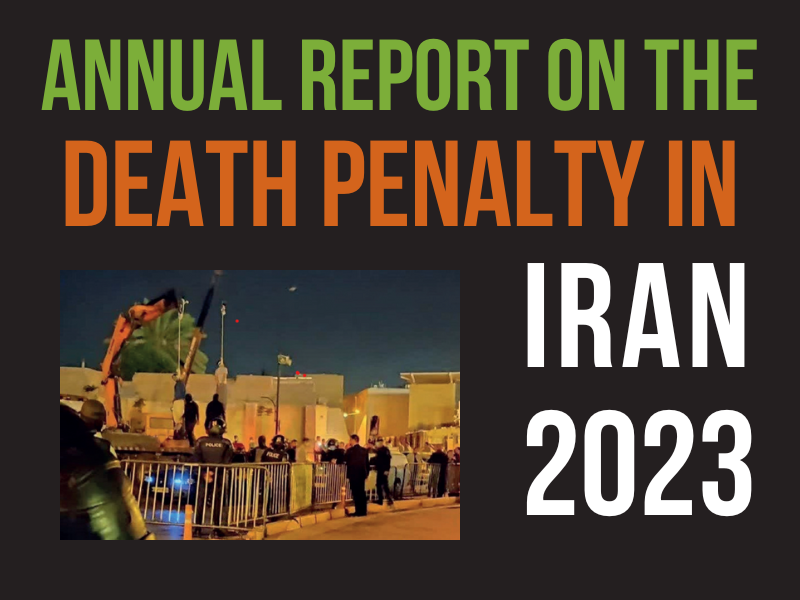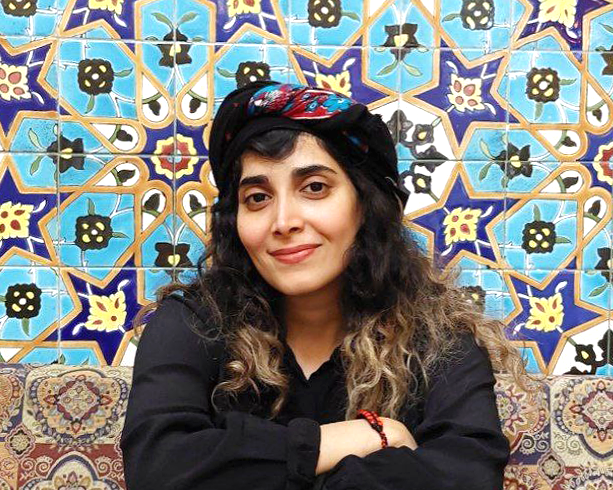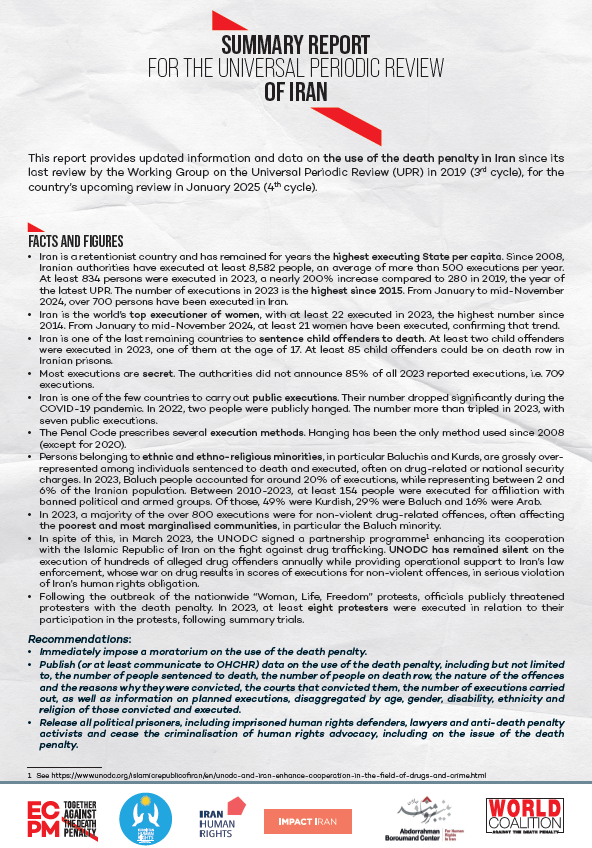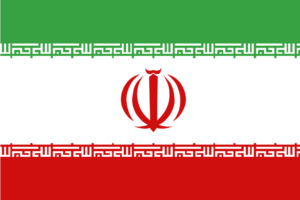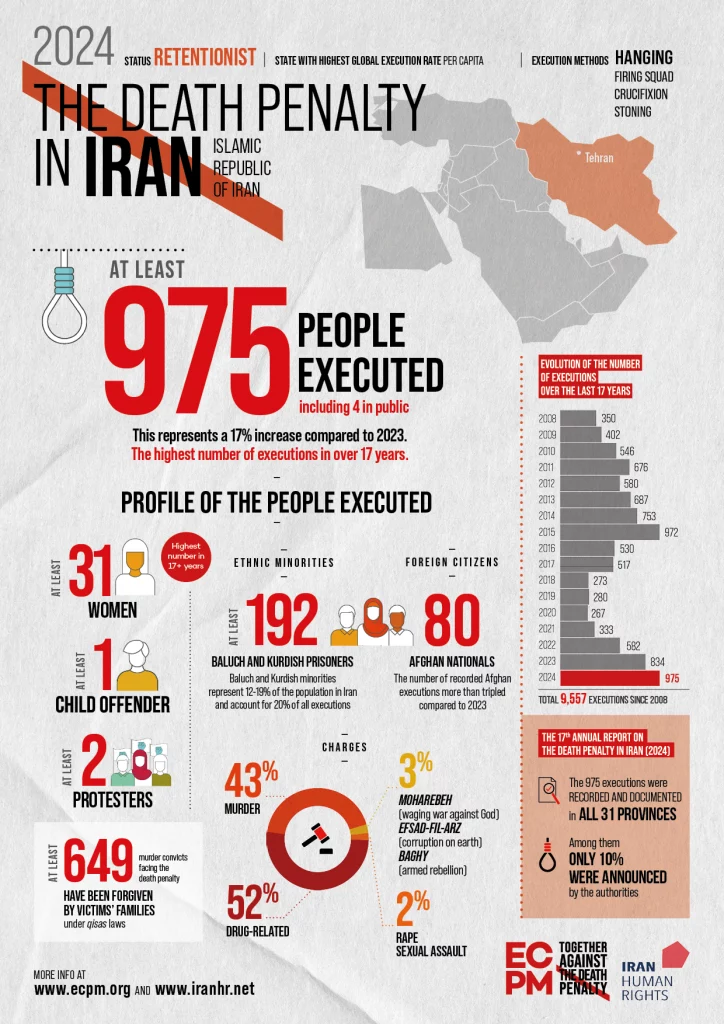
The report demonstrates the use of the death penalty as a central tool of political oppression and repression. As Mahmood Amiry-Moghaddam, Director of Iran Human Rights, points out : “These executions are part of the Islamic Republic’s war against its own people to maintain its grip on power.”
This new publication gives a comprehensive information on the use of the death penalty during a year that saw the death of former president and the election of a new president, the renewal of the mandate of the Independent International Fact Finding Mission on Iran, the end of the mandate of the Special Rapporteur on the situation of human rights in Iran and the nomination of a new mandate older.
Serious and Blatant Violations of International Law
In 2024, the Iranian authorities violated their international obligations by executing people for crimes that do not fall into the category of the most serious crimes under international law, carrying out public executions and hanging at least one child offender.
Of particular concern is the extremely high number of drug-related executions in 2024. The United Nations’ Office for Drugs and Crimes (UNODC) not only has not reacted to the surge, but continued the implementation of its cooperation agreement with the Islamic Republic of Iran. Raphaël Chenuil-Hazan, Executive Director of ECPM said : “The UNODC and the countries funding its law enforcement projects in Iran must understand their responsibility in the execution of hundreds of people every year for drug offences. The implementation of a moratorium on the use of the death penalty for offences that are not among the most serious crimes under international law should be a precondition to any cooperation.”
People executed for drug offences belong to the most marginalised communities in society. Ethnic minorities, including the Baluch, the Kurdish, the Arabs, are greatly over-represented among those executed.
All drug and security-related charges are under the jurisdiction of the Revolutionary Courts, which handed down death sentences for 534 of those executed in 2024. Established in 1979 on the orders of Ayatollah Khomeini, without any constitutional basis, to try former officials of the Pahlavi government, the Revolutionary Courts are not transparent, and their judges are known for greater abuse of their legal powers than any other judges.
Growing Domestic and International Opposition to the Death Penalty
In the face of this escalating brutality, the death penalty was challenged in 2024 by the population but also very bravely by death row prisoners. The “No Death Penalty Tuesdays” movement started a year ago, persevered and soon began spreading to 35 prisons across the country while garnering global support. IHRNGO Director Mahmood Amiry-Moghaddam stated : “The ‘No Death Penalty Tuesdays’ campaign is a turning point in Iran’s abolitionist movement. For the first time, a grassroots movement led by prisoners is protesting weekly against all executions, not just those of political prisoners. It marks the beginning of a broader social movement challenging the death penalty in its entirety.”
As per qisas laws, in murder cases, the family of the victim can demand a retribution death sentence (execution), blood money (diya) or simply grant forgiveness. This opens an opportunity for citizens to counter the death penalty by promoting forgiveness without being subjected to persecution by the authorities. In the past six years, the movement for forgiveness has grown significantly in Iran, and in 2024, at least 649 prisoners sentenced to death for murder charges were forgiven by victims’ families.
With the publication of this report, Iran Human Rights and ECPM call on the international community to place the death penalty at the top of the agenda of any dialogue with representatives of the Islamic Republic, and to play a more active role in supporting the improvement of the human rights situation. Consistent international pressure is essential to increase the political cost of executions and curb the Islamic Republic’s killing machine.
Key Figures from the Report
- At least 975 people were executed in 2024, a 17% increase compared to 834 in 2023. Of those, 4 people were hanged in public spaces.
- Only 95 executions (less than 10%) were announced by official sources
- 90% of all executions included in the 2024 report, i.e. 880 executions, were not announced by the authorities.
- At least 419 executions (43% of all executions) were for murder charges
- At least 503 people (52%) were executed for drug-related charges.
- At least 1 child offender was among those executed and cases of 3 possible others were still being investigated at the time of writing.
- At least 31 women were executed, the highest number over at least 17 years.
- At least 2 protesters were executed for murder related charges.
- At least 31 people, amongst them 9 Kurdish political prisoners, and a political dissident abducted from a neighbouring country, were executed for security-related charges (moharebeh and efsad-fil-arz).
- At least 649 prisoners sentenced to death for murder charges were forgiven by the families of the murder victims as per qisas laws.
- At least 80 Afghan nationals were executed in 2024, compared to 25 in 2023 and 16 in 2022.
- At least 5 of those executed suffered from psychosocial and intellectual disabilities.
- At least 534 executions in 2024 and more than 5,075 executions since 2010 have been based on death sentences issued by the Revolutionary Courts.
Press contacts

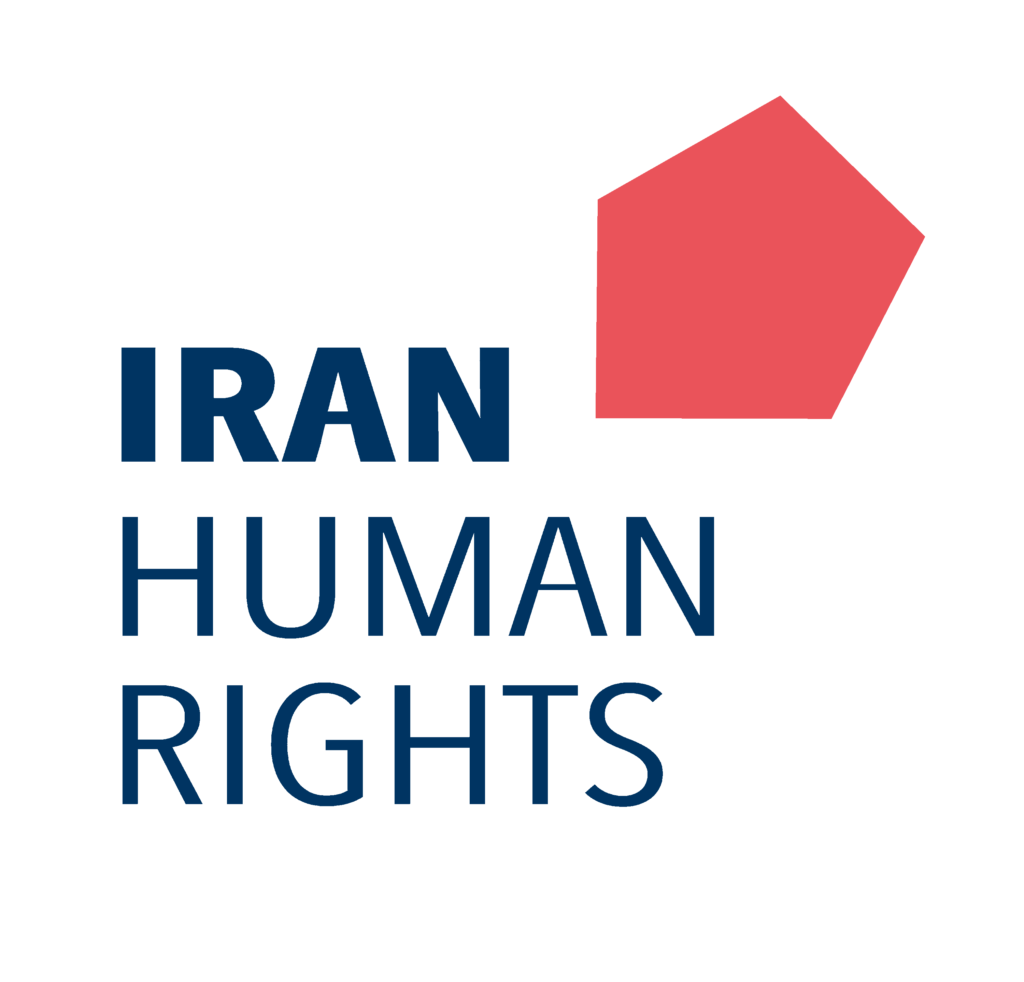
BERTIN LEBLANC
bleblanc@ecpm.org
+33 7 70 11 12 43
KAMBIZ GHAFOURI
kambiz.ghafouri@iranhr.net
+358 40 768 7600
